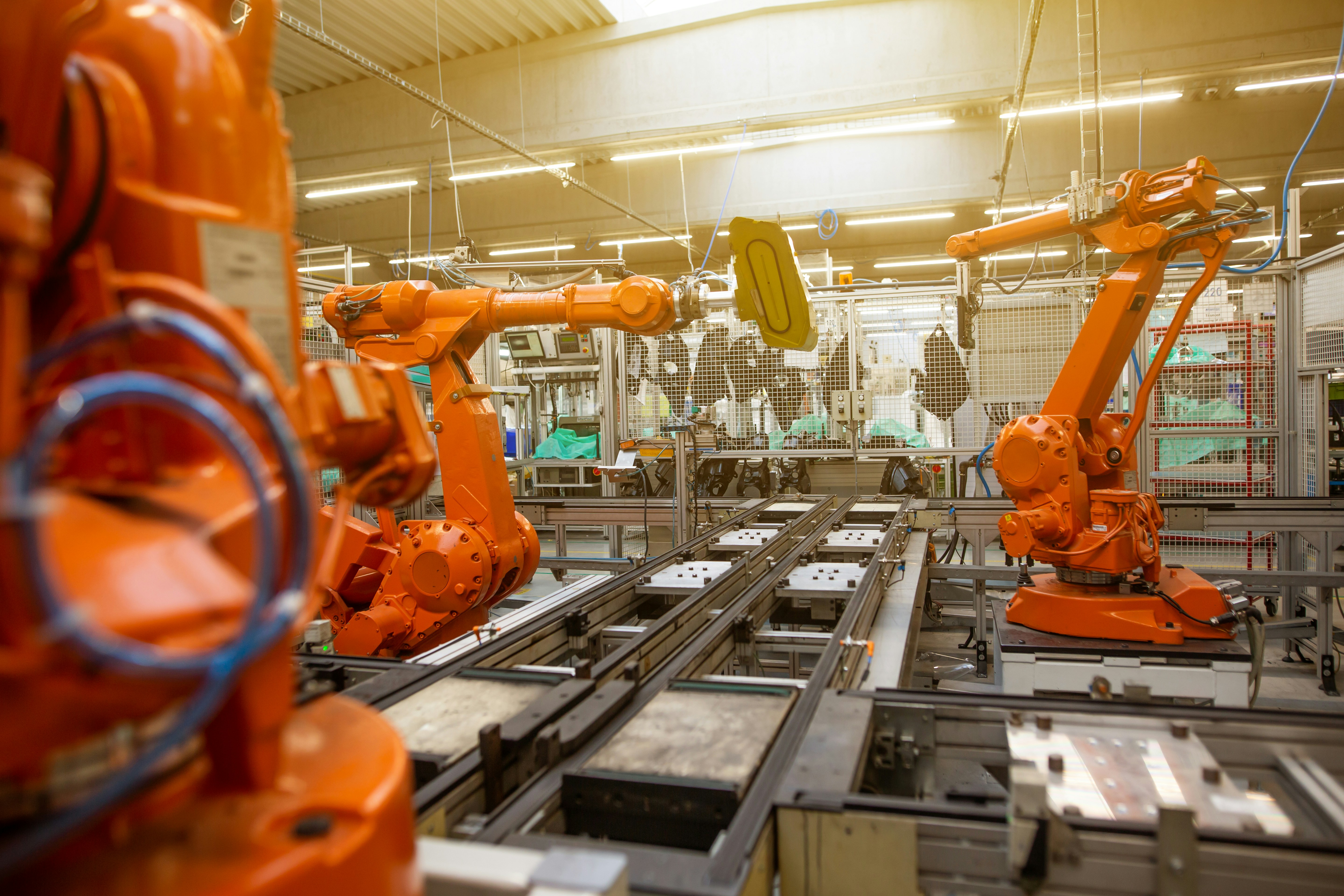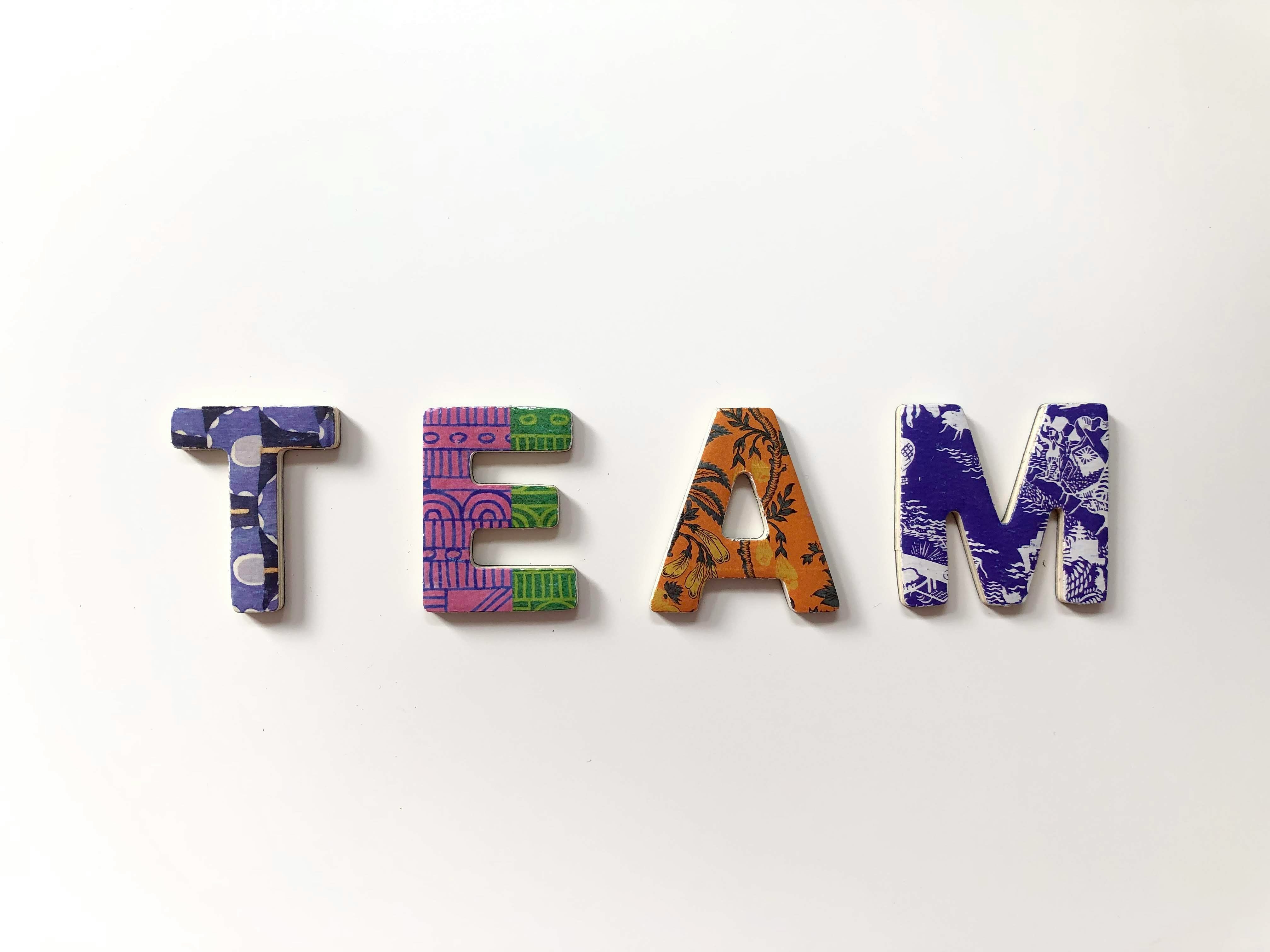
Robotics Recruitment Trends 2025 (UK): What Job Seekers Need To Know About Today’s Hiring Process
Summary: UK robotics hiring has shifted from toolbox checklists to capability‑driven evaluation that emphasises deployed systems, safety, reliability and total cost of ownership. Employers want proof you can ship and sustain robots in production—industrial arms & cobots, AMRs/AGVs, field robots, surgical/med‑tech, warehouse automation, inspection & maintenance. This guide explains what’s changed, what to expect in interviews and how to prepare—especially for robotics software engineers (ROS/ROS 2), perception/vision engineers, controls & motion planners, mechatronics & embedded, safety & compliance, test/V&V, DevOps/SRE for fleets, and robotics product managers.
Who this is for: Robotics software/perception/controls engineers, mechatronics & embedded, simulation & test, DevOps/SRE for robotics fleets, HRI/UX, safety/compliance, field/commissioning engineers, and product/technical programme managers in the UK.
What’s Changed in UK Robotics Recruitment in 2025
Hiring now prioritises provable capabilities & production impact—mean‑time‑between‑failure (MTBF), mission success rate, safe human‑robot collaboration (HRC), pick/place/hour or throughput uplift, deployment/commissioning cycle time, and fleet reliability at scale. Expect practical assessments that focus on ROS 2 quality, navigation stacks, perception pipelines, safety & compliance, simulation‑first development, and DevOps for robots.
Key shifts at a glance
Skills > titles: Capability matrices (perception, SLAM/localisation, planning/control, safety compliance, simulation, DevOps, field ops) trump generic “Robotics Engineer”.
Portfolio‑first screening: Repos with ROS 2 nodes, launch files, bag files, mapping demos, simulation worlds, test harnesses and metrics beat keyword CVs.
Practical assessments: Scoped ROS 2 tasks, navigation tuning, perception/vision challenges, failure diagnosis, and safety scenarios.
Reliability & safety: Metrics, logs and standards awareness (ISO 10218/TS 15066 for industrial, ISO 3691‑4 for AMRs, ISO 13482 for personal care, ISO 12100 for risk assessment) are first‑class.
Compressed loops: Half‑day interviews with live coding + design/safety panels.
Skills‑Based Hiring & Portfolios (What Recruiters Now Screen For)
What to show
A crisp portfolio with:
README(use‑case, constraints, results), ROS 2 packages (nodes, launch, parameters), navigation/perception demos (bags/videos), simulation worlds (Gazebo/Ignition, Webots, Isaac), test/V&V artefacts (unit/integration tests, replay harness), telemetry/observability screenshots, safety/risk notes, and deployment runbooks.Evidence by capability: success rate, localisation accuracy, collision rate ↓, throughput ↑, recovery behaviours, commissioning time ↓, MTTR ↓, safety incidents 0, cost‑to‑serve ↓.
Optional demo: A small robot sim world with nav stack + obstacle scenarios and a dashboard charting success/latency.
CV structure (UK‑friendly)
Header: target role, location, right‑to‑work, links (GitHub/demo video).
Core Capabilities: 6–8 bullets mirroring vacancy language (e.g., ROS 2 rclcpp/rclpy, nav2, SLAM, sensor fusion, CV/Deep Learning, motion planning, real‑time control, Docker/CI, fleet mgmt, safety & risk).
Experience: task–action–result bullets with numbers & artefacts (e.g., “Pick rate +22%; collision rate −87%; nav success 99.1%; MTTR −41%”).
Selected Projects: 2–3 with outcomes & lessons.
Tip: Keep 8–12 STAR stories: sensor calibration rescue, SLAM drift fix, nav2 tuning, perception false‑positive reduction, grasp pipeline win, safety audit pass, field rollout, fleet observability upgrade.
Practical Assessments: From Nodes to Navigation
Expect contextual tasks (60–120 minutes) or live pairing:
ROS 2 task: Write/extend a node; parameters & dynamic reconfigure; QoS profiles; launch & lifecycle mgmt.
Navigation: Configure/tune nav2; costmaps, recovery behaviours; blocked‑path handling; dynamic obstacles.
Perception debug: Diagnose a misclassification/latency spike; propose pre‑/post‑processing & dataset fixes.
Simulation replay: Reproduce a failure from a rosbag; add tests & acceptance criteria.
Preparation
Build a test harness (colcon/pytest + rosbag replay); keep a design one‑pager template (problem, constraints, metrics, risks, acceptance, runbook).
Perception & Vision: From Cameras to Multimodal
Perception is a common bottleneck.
Expect topics
Sensors: RGB/Depth/LiDAR/Radar/IMU; sync & calibration; extrinsics/intrinsics.
Models: classical CV + deep learning; detection/segmentation/pose estimation; tracking; sensor fusion; domain shift.
Performance: accuracy vs. latency trade‑offs; quantisation/pruning; edge accelerators; failure modes.
Data: dataset curation; labelling QA; synthetic data from simulation; bias & safety.
Preparation
Include confusion matrices, ROC/PR curves & latency/throughput notes in your portfolio.
Planning, Control & Safety
Motion planners & safety‑by‑design are hiring signals.
Expect conversations on
Planning: graph‑based planners, sampling‑based planners, trajectory optimisation; constraints & smoothing; time parametrisation.
Control: kinematics/dynamics, feedback control, impedance/compliance, force/torque control for HRC.
Safety: risk assessment (ISO 12100), performance levels (PL d/e), collaborative modes for cobots (ISO TS 15066), AMR safety (ISO 3691‑4), functional safety basics.
Preparation
Provide planner comparisons with metrics, and a risk assessment snippet with mitigations.
Platforms & Tooling: ROS 2, Simulation & DevOps
Robotics is becoming software‑heavy and ops‑heavy.
Expect topics
ROS 2: nodes, topics/services/actions, QoS, lifecycle, parameters, composition.
Simulation: Gazebo/Ignition, Isaac Sim, Webots; sim‑to‑real gaps; scenario coverage & property‑based tests.
DevOps: Docker, CI/CD for robots, OTA updates, fleet mgmt, observability (metrics/logs/traces), digital twins.
Cost & reliability: bandwidth budgets, compute constraints, battery/thermal limits, uptime SLOs.
Preparation
Bring Dockerfiles, CI pipelines, OTA strategy & a basic observability dashboard screenshot.
Hardware, Mechatronics & Embedded
Even software‑leaning teams value hardware literacy.
Expect conversations on
Electrics/embedded: MCU/SoC selection, RTOS/Linux, CAN/serial/EtherCAT, GPIO/interrupts, safety circuits.
Mechanics: end‑effectors, transmissions, compliance, calibration & maintenance.
Power/thermal: sizing, duty cycles, charging, heat.
Preparation
Include a hardware interface diagram, timing budget and safety interlocks overview.
UK Nuances: Right to Work, Site Safety & IR35
Right to work & vetting: Defence, energy, healthcare and critical infrastructure sites may require background checks (BPSS/SC).
Hybrid & on‑site: Many roles require lab/warehouse/factory presence; expect 2–3 days on‑site + test/commissioning travel.
IR35 (contracting): Clear status & deliverables; be ready to discuss supervision & substitution.
Site safety: RAMS, permits to work, H&S inductions; PPE requirements.
7–10 Day Prep Plan for Robotics Interviews
Day 1–2: Role mapping & CV
Pick 2–3 archetypes (software/ROS 2, perception, planning/control, DevOps/SRE, field/commissioning).
Rewrite CV around capabilities & measurable outcomes (success rate, collision ↓, throughput ↑, MTTR ↓, deployment time ↓, safety incidents 0).
Draft 10 STAR stories aligned to target rubrics.
Day 3–4: Portfolio
Build/refresh a flagship repo: ROS 2 nodes + launch, sim world, nav/perception demos, tests, runbooks & dashboards.
Add a small bag replay harness and document metrics.
Day 5–6: Drills
Two 90‑minute simulations: ROS 2 node + nav2 tuning & perception debug.
One 45‑minute safety/risk exercise.
Day 7: Governance & product
Prepare a governance briefing: standards awareness, risk assessments, incident/resolution.
Create a one‑page product brief: metrics, risks, experiment/measurement plan.
Day 8–10: Applications
Customise CV per role; submit with portfolio repo(s) & concise cover letter focused on first‑90‑day impact.
Red Flags & Smart Questions to Ask
Red flags
Excessive unpaid build work or requests to deliver production‑grade stacks for free.
No mention of safety standards, acceptance tests or observability for fleets.
Vague ownership of incident command, support windows or field maintenance.
“One engineer runs the entire fleet” at non‑trivial scale.
Smart questions
“How do you measure robot reliability & business impact? Can you share a recent incident post‑mortem or SLO report?”
“What’s your safety/risk process (e.g., ISO 12100, ISO 3691‑4/TS 15066) and who signs off?”
“How do software, perception, controls, hardware & ops collaborate? What’s broken that you want fixed in the first 90 days?”
“How do you control compute/bandwidth & maintenance costs—what’s working & what isn’t?”
UK Market Snapshot (2025)
Hubs: Midlands (automotive & logistics), South Wales/South West (semiconductors & manufacturing), Cambridge/Oxford (R&D), London (e‑com/warehousing), Manchester/Leeds (industrial/food), Aberdeen (energy/offshore), Bristol (aero/defence).
Hybrid norms: Lab/warehouse presence common; field roles involve travel.
Role mix: ROS 2 software, perception/vision, planning/control, DevOps for fleets, safety & field commissioning dominate.
Hiring cadence: Faster loops (7–10 days) with scoped take‑homes or live pairing.
Old vs New: How Robotics Hiring Has Changed
Focus: Tools & demos → Capabilities with audited, production impact.
Screening: Keyword CVs → Portfolio‑first (ROS 2 nodes, sim worlds, bags, tests, runbooks).
Technical rounds: Puzzles → Contextual ROS 2, nav/perception debugging & safety cases.
Safety coverage: Minimal → Risk assessment, standards & test evidence.
Evidence: “Built a robot” → “Nav success 99.1%; collision rate −87%; pick rate +22%; MTTR −41%; commissioning time −35%.”
Process: Multi‑week, many rounds → Half‑day compressed loops with safety/operations panels.
Hiring thesis: Novelty → Reliability, safety & cost‑aware scale.
FAQs: Robotics Interviews, Portfolios & UK Hiring
1) What are the biggest robotics recruitment trends in the UK in 2025? Skills‑based hiring, portfolio‑first screening, scoped practicals & strong emphasis on ROS 2 quality, navigation, perception, safety & fleet DevOps.
2) How do I build a robotics portfolio that passes first‑round screening? Provide ROS 2 packages, sim worlds, nav/perception demos, tests, runbooks & observability screenshots. Include safety notes and results.
3) What safety standards come up in interviews? ISO 12100 risk assessment; ISO 10218/TS 15066 for industrial/cobots; ISO 3691‑4 for AMRs; sector standards as relevant.
4) Do UK robotics roles require background checks? Many defence/energy/health roles do; expect right‑to‑work checks & vetting (BPSS/SC).
5) How are contractors affected by IR35 in robotics? Expect clear status declarations; be ready to discuss deliverables, substitution & supervision boundaries.
6) How long should a robotics take‑home be? Best‑practice is ≤2 hours or replaced with live pairing/design/failure drills. It should be scoped & respectful of your time.
7) What’s the best way to show impact in a CV? Use task–action–result bullets with numbers: “Nav success 99.1%, collision −87%, MTTR −41%, commissioning −35%, throughput +22%.”
Conclusion
Modern UK robotics recruitment rewards candidates who can deliver reliable, safe & cost‑aware deployments—and prove it with clean ROS 2 repos, simulation scenarios, test harnesses, safety notes and clear impact metrics. If you align your CV to capabilities, ship a reproducible portfolio with bag‑replay tests & dashboards, and practise short, realistic nav/perception/safety drills, you’ll outshine keyword‑only applicants. Focus on measurable outcomes, standards hygiene & cross‑functional collaboration, and you’ll be ready for faster loops, better conversations & stronger offers.


